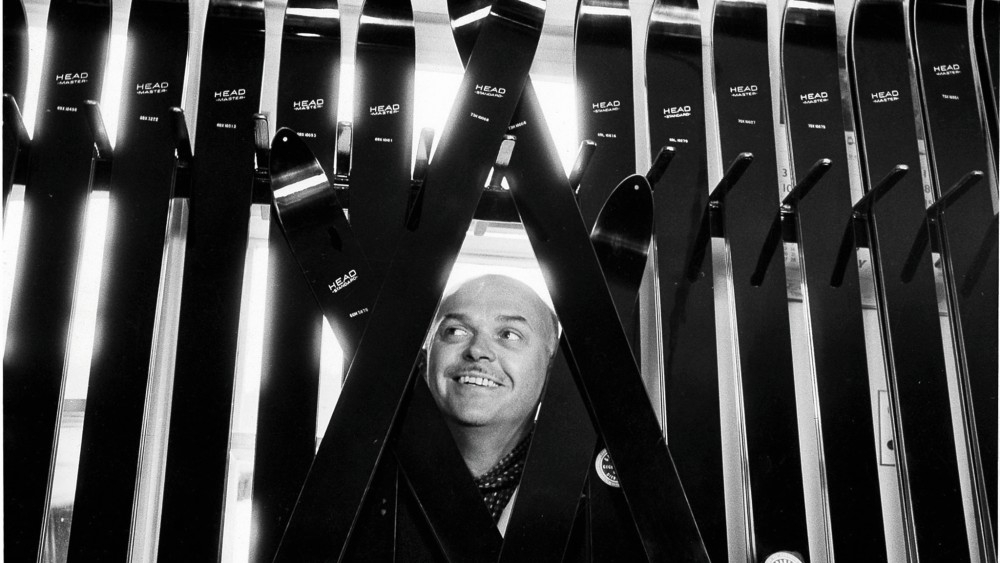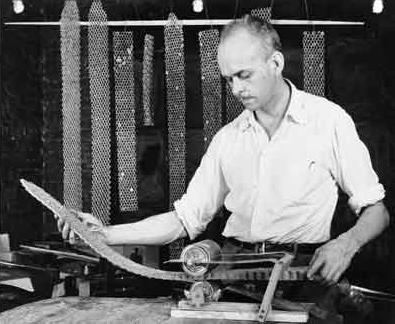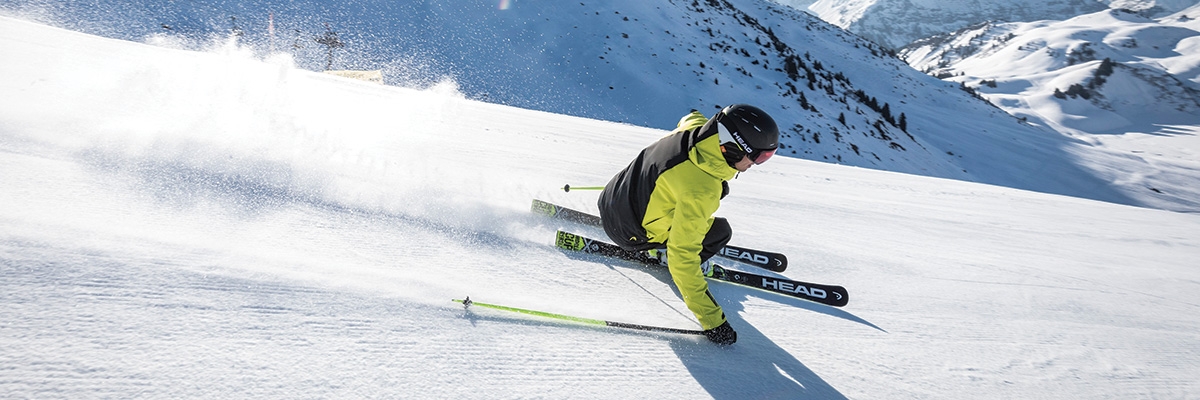Head could have sat on his laurels. He had achieved a lot and his business was thriving. However, he chose to keep going and using his inventive mind to create a new, oversized tennis racket. Just like his start in designing skis, Head became motivated to create a new tennis racket based on his own tennis playing experience.
In 1971, Head sold his business to AMF for $16 million, explaining that the company had grown beyond his ability to manage it. He took up tennis in retirement at the age of 60 and built a court underground at his home. He spent a lot of money and effort into learning how to play tennis. He did not improve though the way that he had hoped. Head purchased a Prince ball machine to practice playing tennis. He redesigned the machine and invested in the company, patenting the improvements that he had made. His tennis playing however did not improve!
Out of the blue, he had an idea to make the tennis racket bigger and so he did. The process took him two years and he constructed a tennis racket that was 20 percent wider than the old wooden rackets, one inch on each side. This in turn, gave the racket a 40 percent larger “sweet spot.” A sweet spot is the optimum place on a racket face for impact with the ball. Just like he had replaced wood in skis with a lighter material, Head substituted aluminum into the tennis racket’s wooden frame. Later, he used graphite. Prince sold the new tennis racket in 1976.
Similar to the resistance that Head encountered when he introduced his metal skis, he faced snickers and derision with his new larger tennis racket, that many called a “snowshoe” racket. The new Prince Classic, as the tennis racket was called, nonetheless, became an instant hit with tennis players.
Head successfully improved upon an existing product to enhance performance. As tennis player Pam Shriver demonstrated in 1978, the new racket design was a tremendous success. Within four years of the product’s launch, over 700,000 tennis players around the world were using it.
In two years, Prince Manufacturing controlled 30 percent of the U.S. market, 25 percent of the global market and dominated global racket sales. Howard Head, the tennis newbie, who could not play tennis well, had turned out to be one of the industry’s biggest innovators.
A consummate entrepreneur, Head received a royalty payment on every Prince racket sold. He sold the company to Chesebrough-Ponds for $62 million in 1982.
Howard Head kept on playing tennis and skiing down mountains for the rest of his life. Head got married to Martha Fritzler who shared his love of skiing and settled in Vail. Head went on to launch the Howard Head Sports Medicine Center to help athletes in 1987 and also supported numerous other causes. He was inducted into the Colorado Ski and Snowboard Museum Hall of Fame in 1990 at the age of 75, a year before he passed away. Head is remembered to this day with fondness at the ski slopes he frequented in Aspen and Vail, Colorado. His two inventions - the metal ski and oversized tennis racket - are on permanent display at the Smithsonian Institute with the inscription praising Head as the "patron saint of average athletes."
Howard Head's quotes in this story are taken from stories previously published by the Vail Daily, the Vail Trail, the Colorado Ski and Snowboard Museum Hall of Fame, Sports Illustrated (Sept. 29, 1980) and Airport Journal "A Bad Skier's Revenge," (Nov. 5, 2005).
View prior profiles by searching for Profiles. Read our Profile on U.S. Skiers and Snowboarders at the 2018 Pyeongchang Olympics. Learn more about our Elf Ski app that we’re developing that helps skiers and snowboarders track their workouts and improve performance.











![Patent diagrams comparing the “sweet spots” in Head’s tennis racket [5A] and a traditional racket [5B]. The “sweet spot” in Head’s racket is labelled zones 33, 35, 37 which are significantly larger in area than the corresponding zones 33’, 35’, and …](https://images.squarespace-cdn.com/content/v1/54bdcba5e4b08f92b173441f/1549822432194-NVWVA0MFE9C9ZHIBBAFE/HeadRacketPatent.png)

